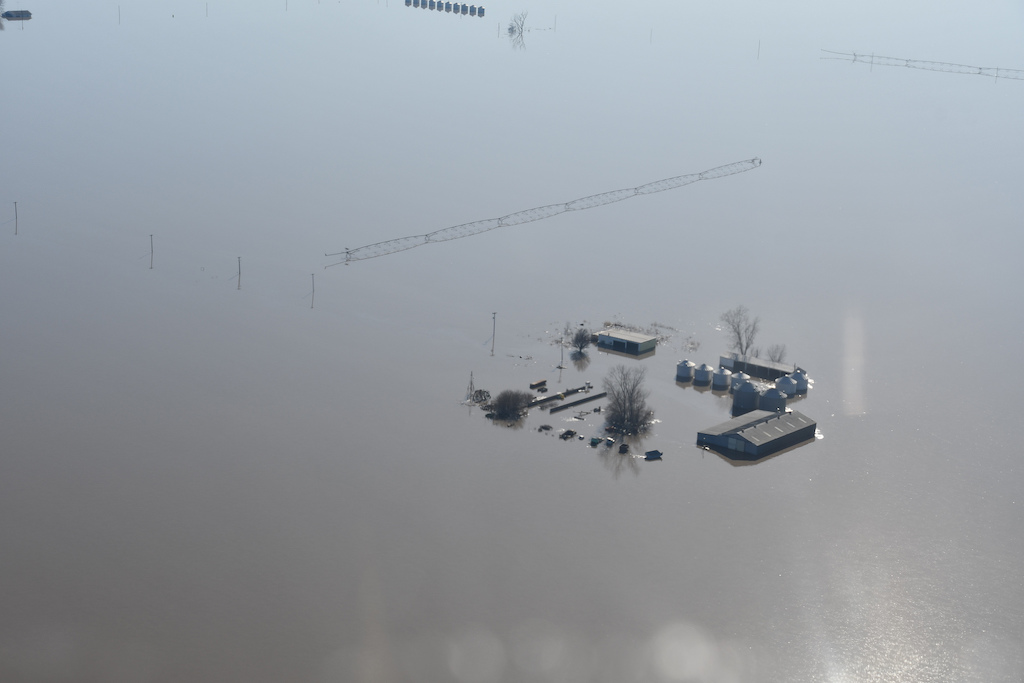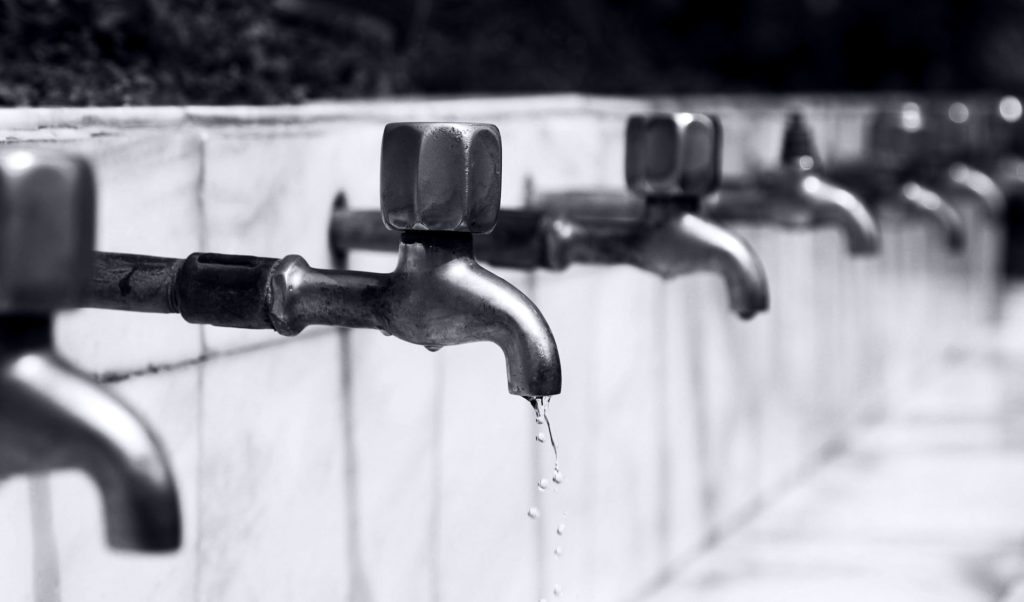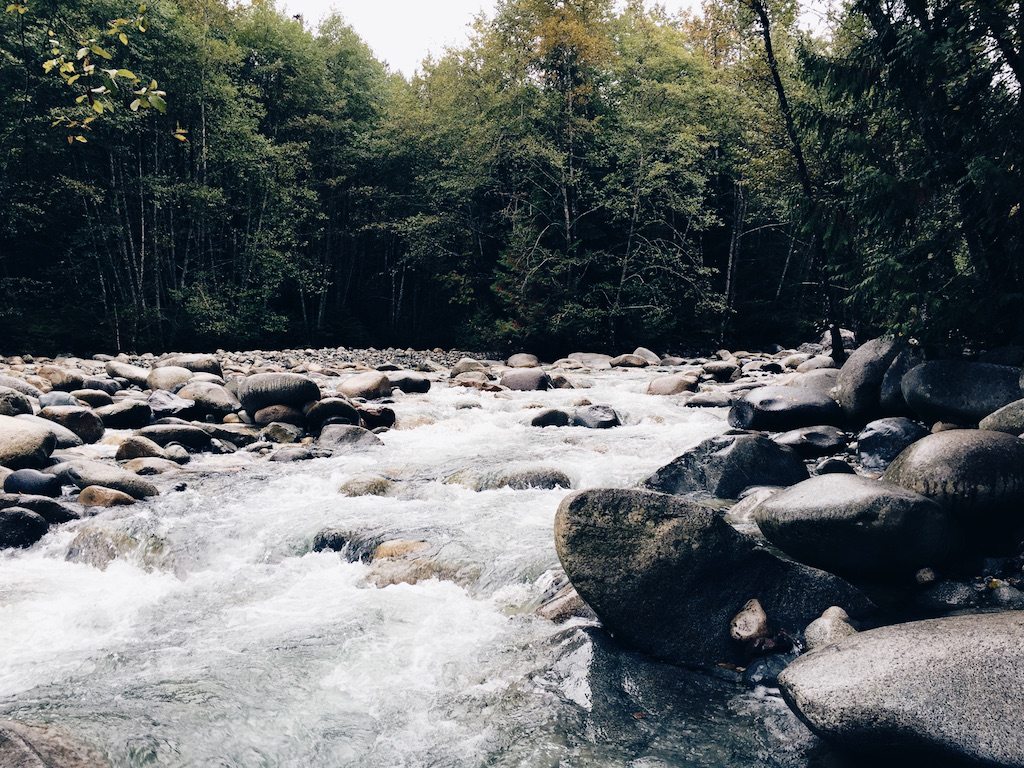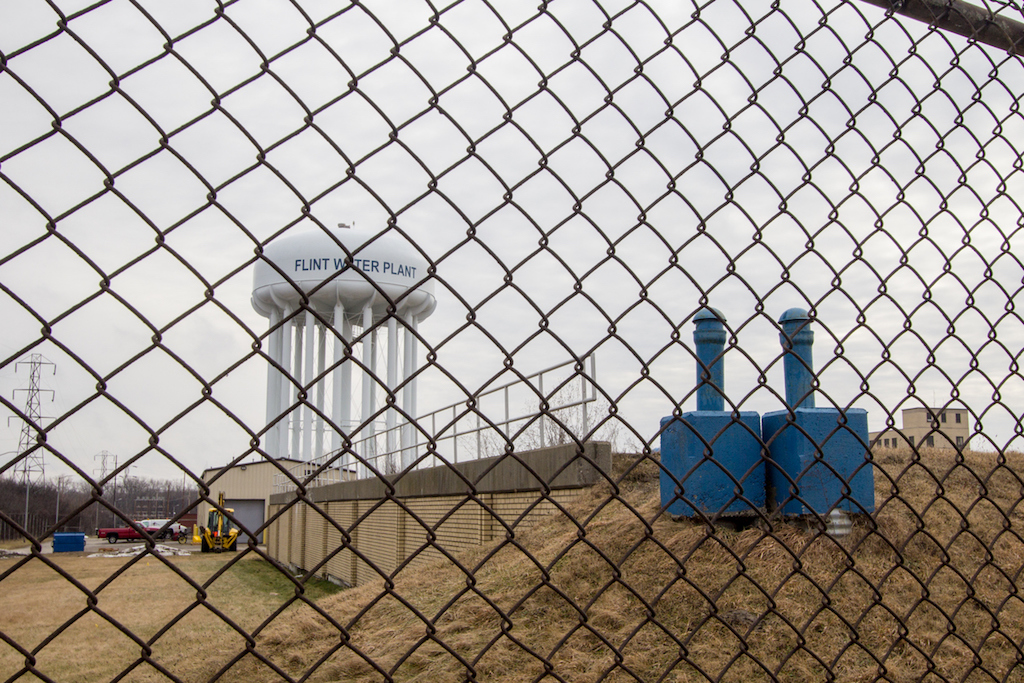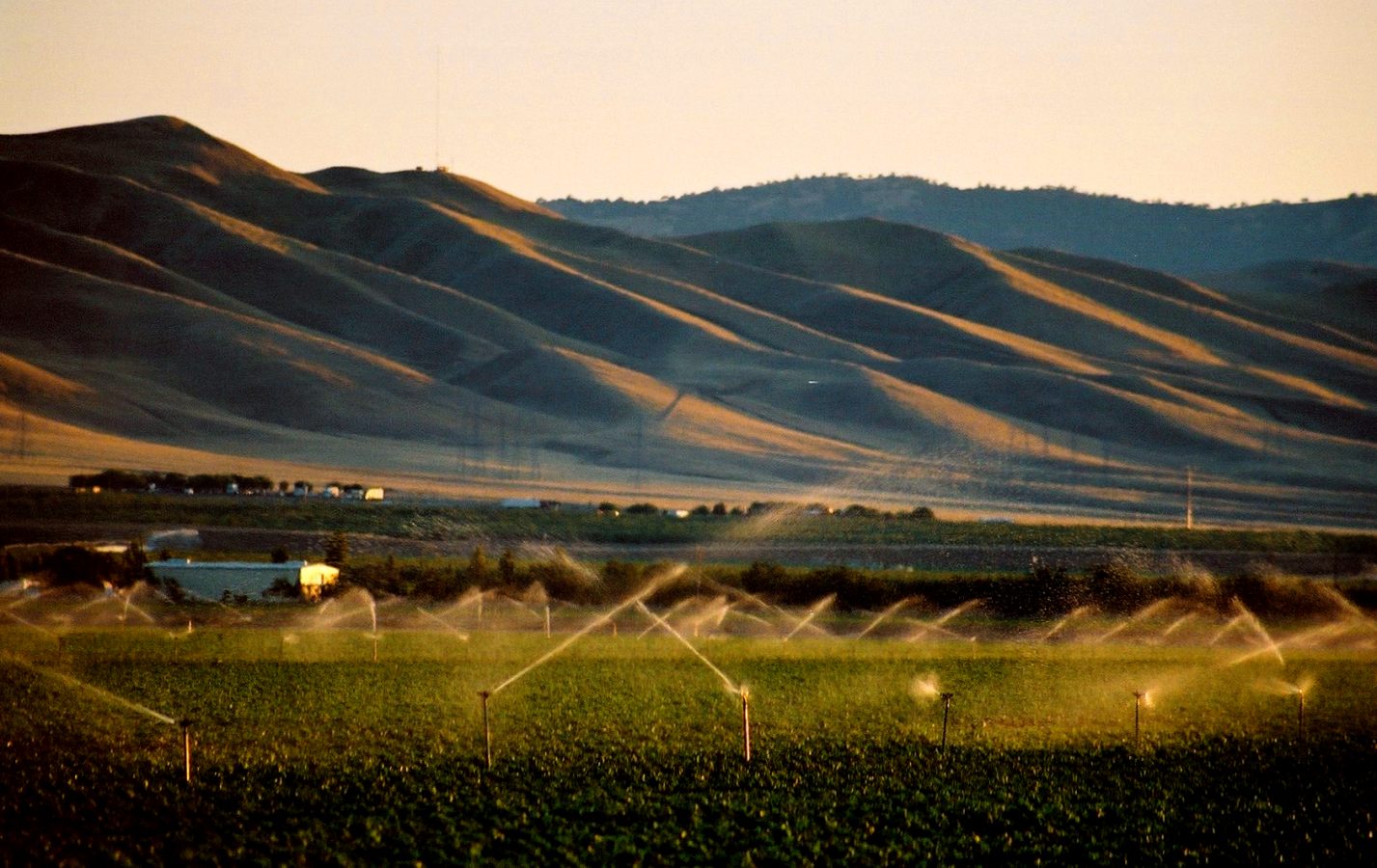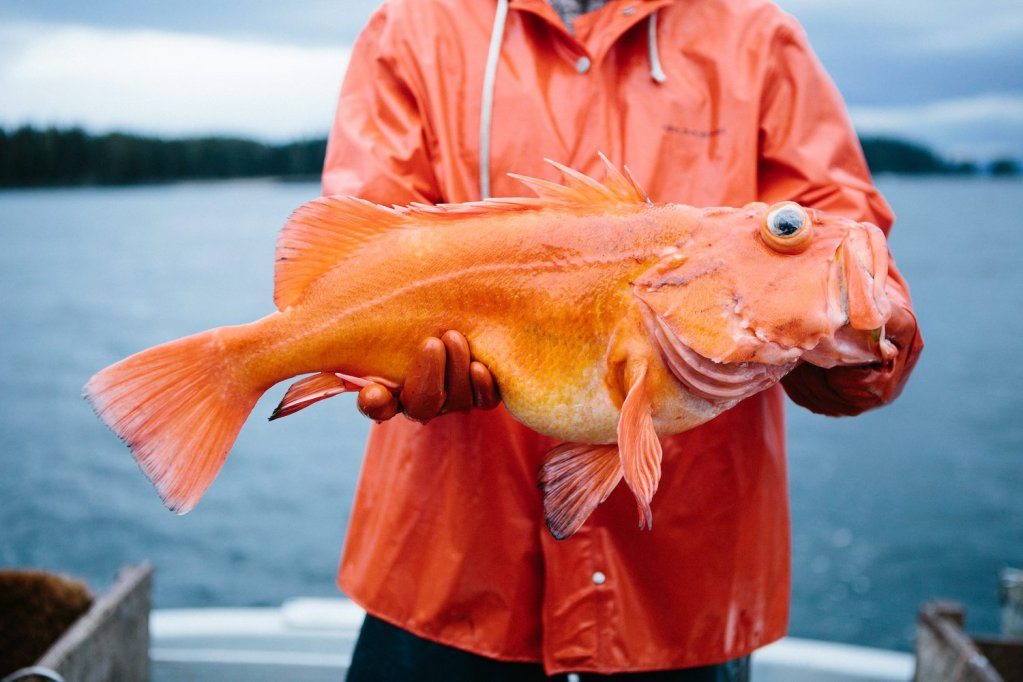Last week, we reported that parts of the Great Plains and Upper Midwest were underwater, as record rains and snowmelt overwhelmed dams and levees along the Missouri River. The resulting floods have inundated hundreds of miles of farmland and rural communities, leading to thousands of evacuations, billions of dollars in property damage, and four deaths on a South Dakota reservation.
Additionally, the flooding has now contaminated fresh drinking water in multiple communities, leading local officials to issue calls for conservation.
Though floodwaters are now receding, more flooding is expected in the weeks ahead, particularly in northern states, like the Dakotas and Montana, according to David Roth, a National Weather Service meteorologist who spoke to Reuters. Meanwhile, the National Oceanic and Atmospheric Administration forecasts that melting snow up north will cascade farther down the Mississippi Rivers, affecting communities as far south as New Orleans.
Because Kansas City draws drinking water from the Missouri River, that contamination is also causing treatment problems, according to the Kansas City Star. Six hundred thousand customers in the area are being asked to conserve water, and other municipalities have turned to other water sources, like Blue Springs, Missouri, which is now drawing from an underground aquifer.
Meanwhile, in South Dakota, the Pine Ridge Indian Reservation, where 40,000 members of the Lakota tribe inhabit a piece of land larger than Delaware and Rhode Island, has been besieged by what The New York Times describes as a humanitarian disaster. The flooding has disrupted a regional waterline, and left 8,000 residents without drinking water. The National Guard is now onsite, providing water from massive, thousand-gallon tanks.
Some Pine Ridge residents have been stranded for nearly two weeks, with emergency rations only able to be delivered by horse, boat or helicopter. Heavy equipment has been lost in “liquified mud soup,” according to the Times. Jail inmates are dispatched to fill sandbags, and parents are running low on baby formula.
On the left, an aerial photograph of the junction between the Platte, Missouri, and Elkhorn Rivers. On the right, a photograph of the same region taken on March 16, 2019
The flooding is also profoundly impacting farmers. The Kansas City Star spoke with a multi-generational farm family outside Craig, Missouri, whose operation is, quite literally, underwater. This family is part of a group of Missouri River-area farmers who are suing the Army Corps of Engineers for damages from what they allege is mismanagement of the river, stemming from a previous flood in 2011.
In Montana and the Dakotas, warmer weather is expected to break up solid river ice into giant chunks, creating what the weather service calls an “ice-jam”—a de facto dam fashioned out of frozen slabs of the lake. Reuters reports that warm weather has prompted ice melts that have shut down major highways stretching from Montana to Wyoming. By the end of this week, predicts Roth, the metereologist, temperatures will likely cause more snowmelt to flow south into the Missouri River—perhaps spurring a new bout of flooding.
“There’s a sense from the National Weather Service that we should expect it to continue to happen into May,” said Bill Brinton, an emergency management director in Buchanan County, Missouri. “With our levee breaches in Atchison and Holt and Buchanan counties, it’s kind of scary really.”
